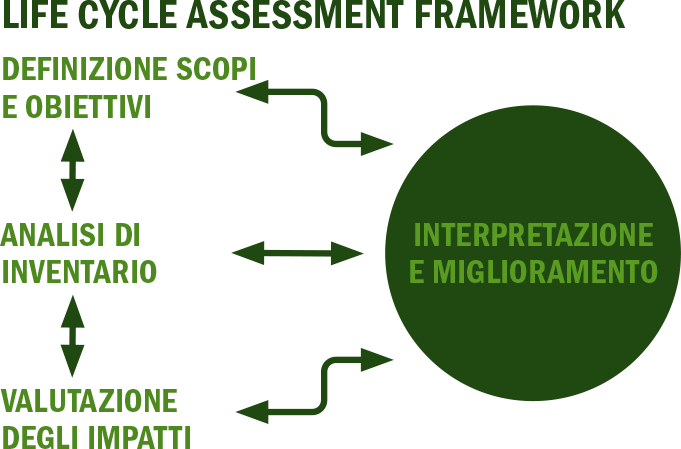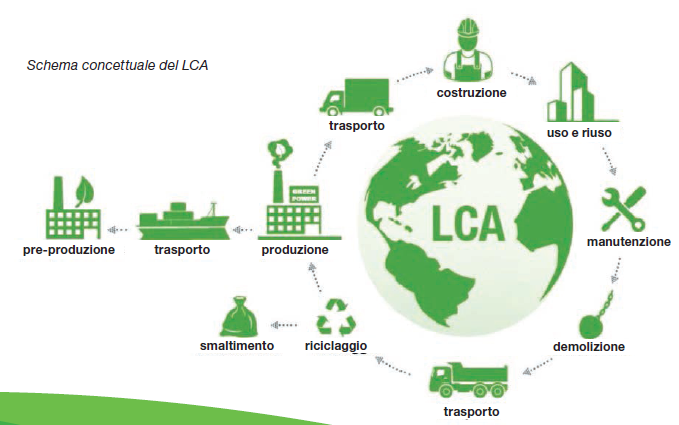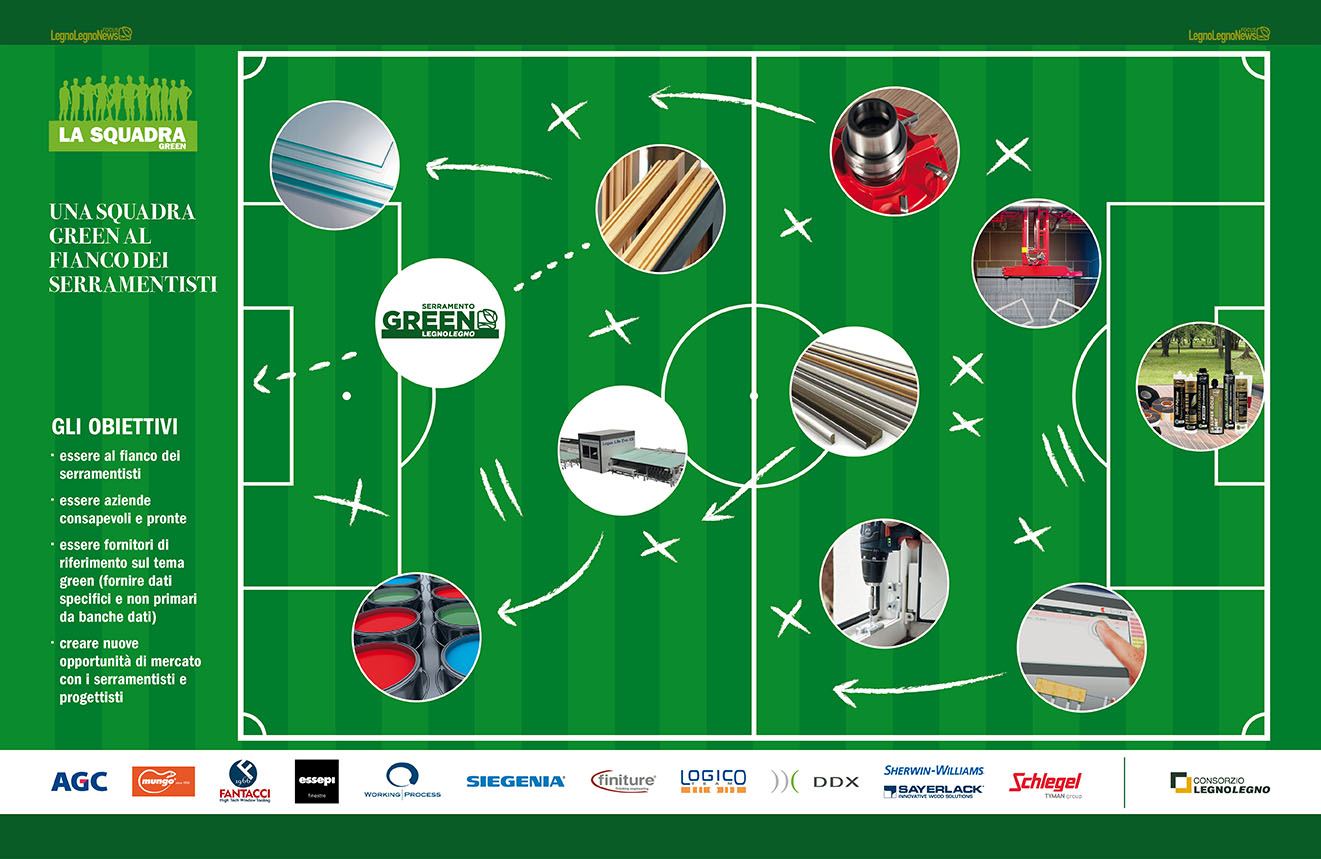Green window and door: objectives, challenges & opportunities
The market demands sustainable windows and doors.
SERRAMENTO GREEN creates new market opportunities for windows and doors with environmentally sustainable performance, strengthening their role in buildings.
GOALS
CHALLENGES
OPPORTUNITY
YOUR WINDOW AND WINDOW PROTAGONIST OF THE MARKET

“Towards Green windows” with the support of LegnoLegno:
- Definition of the objectives and of the product(s) being analyzed, including the “boundaries” of the analysis
- Data collection and acquisition (inventory)
- Evaluation and interpretation of impacts
- Identification of phases and processes potentially subject to improvement
- Environmental Product Declaration (EPD)
- Certification of the EPD (from a third party body) and/or PEF
The first National Project in the window and door sector on the topic of environmental sustainability.




